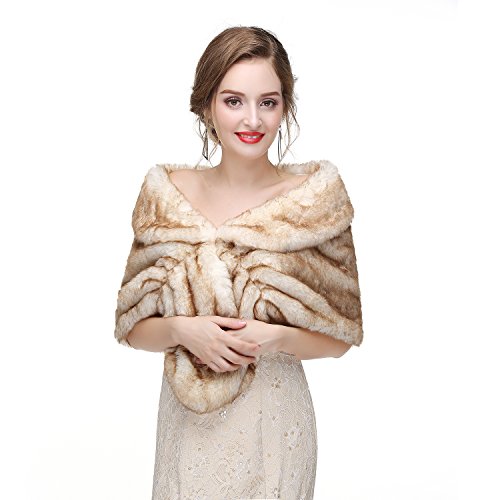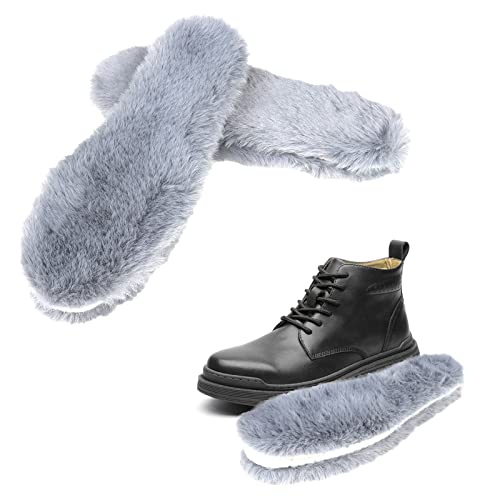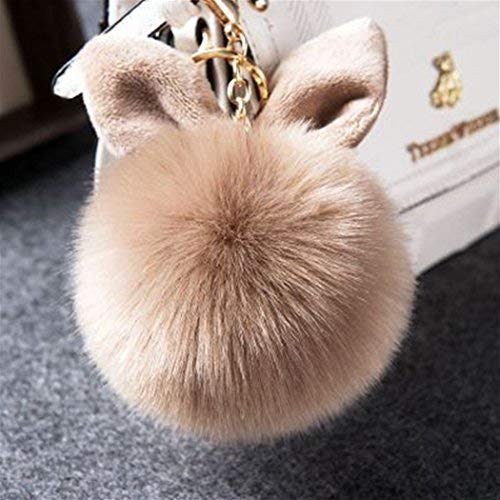Would these be broken black torts? They look black on the ears, but some of them the markings on the back look more chocolate to me? I could be mistaken, still learning. Would love another opinion!
They are exactly 1 week today.
Those are some amazing-looking bunnies. The color on their backs is really something!

However, the kits would not be chocolate on that part of their bodies if those were chocolate torts. Rather, the shaded-looking markings on the ears, nose, lower flanks and tail would be chocolate, while the body color would be orange/red just like a black tort.
A black tort is a non-extension self black. It sometimes helps if you think of a self black rabbit as an orange rabbit with a layer of black over the top (i.e., instead of making rings of black alternating with orange like an agouti, the self alleles <
aa> cause the black to cover the whole hair, covering up the normally orange intermediate ring). The non-extension alleles <
ee> kind of counteract that, by restricting most of the black pigment, allowing the orange underneath to show up again. The black still covers the orange on the shorter hairs, i.e. the nose, face, ears, feet, belly, lower flanks and tail. So, for example, you get this if it's a black tort:

and if it's a blue tort, in which the dilute alleles affect both the dark and the light pigments, you get this:

A chocolate tort would have chocolate where you see black or blue on those rabbits, respectively. Chocolate is not a dilute color, so you would not necessarily expect the orange to change in response to a kit being chocolate-based rather than black-based.
The intensity of the color on a tort can vary quite a bit depending on other factors in addition to the self and non-extension genes. Extra rufus modifiers can intensify the orange to a deep rufus red, like
@judymac suggests, and umbrous or darkening modifers can increase the darkness of the dark pigment. Hair length can also affect how much of the rabbit is shaded. And for some reason, some torts have much more torting than others. Here is a very "torted" black tort (called "smutty" color, also due to being in molt), who also had wonderful intensity to her rich rufus body color:

To me, your bunnies look like black torts with very rich orange/red like the Mini Rex doe above, except maybe the kits pictured in -9368, -9373, and -9380. Those have shaded parts that look more blue, and their orange color is more muted, as you would expect in a dilute.

























































